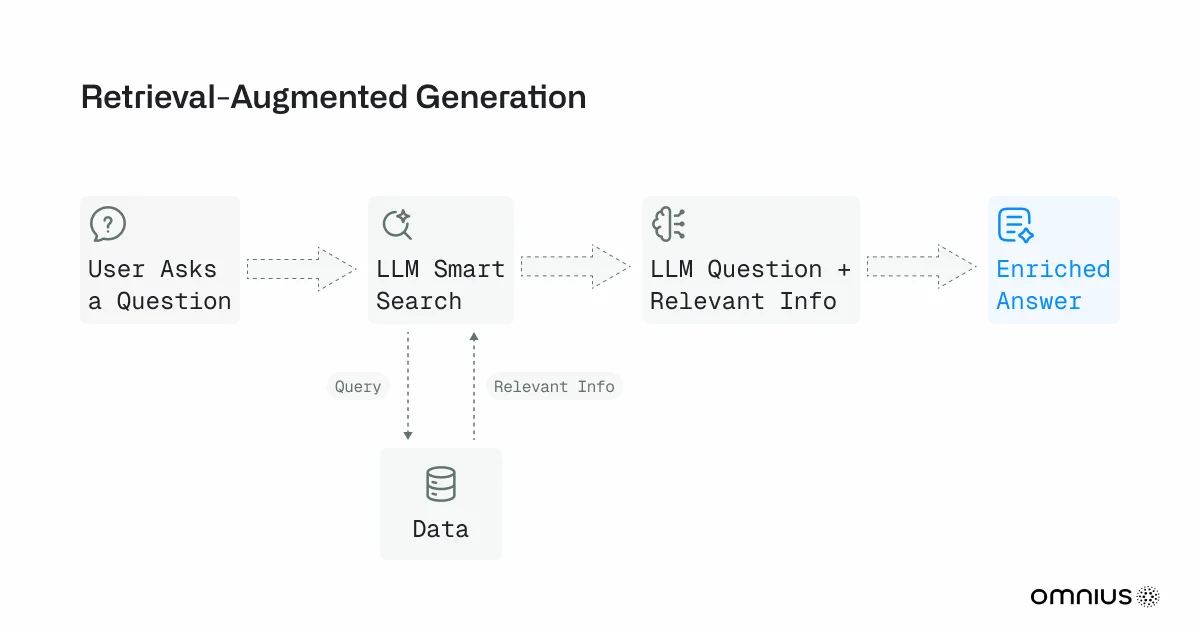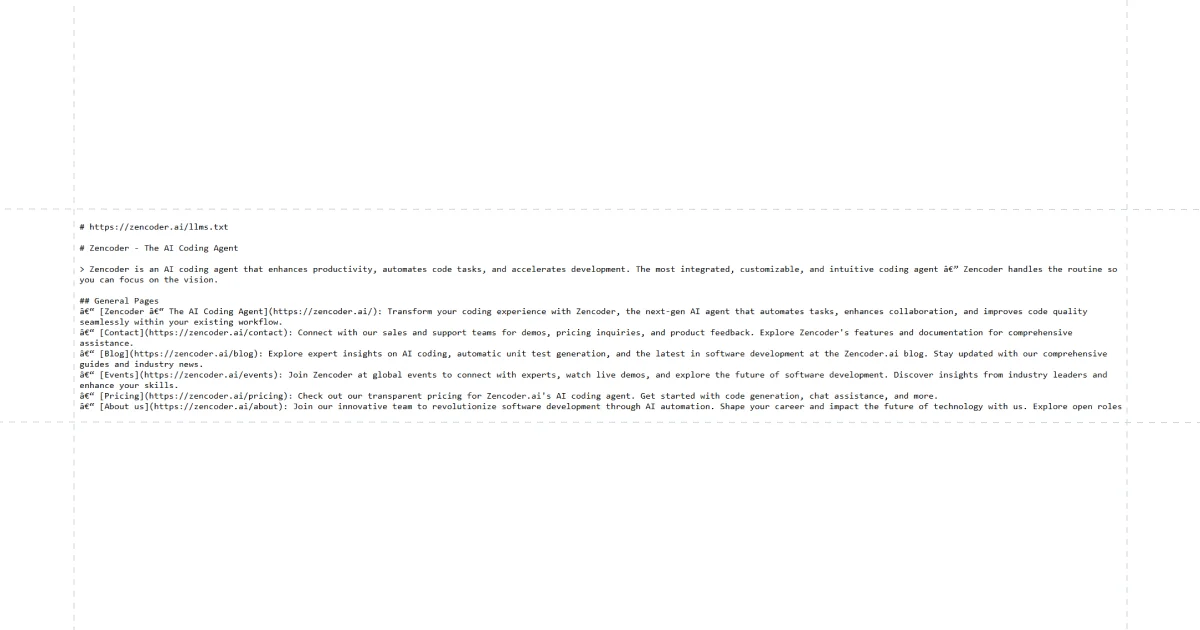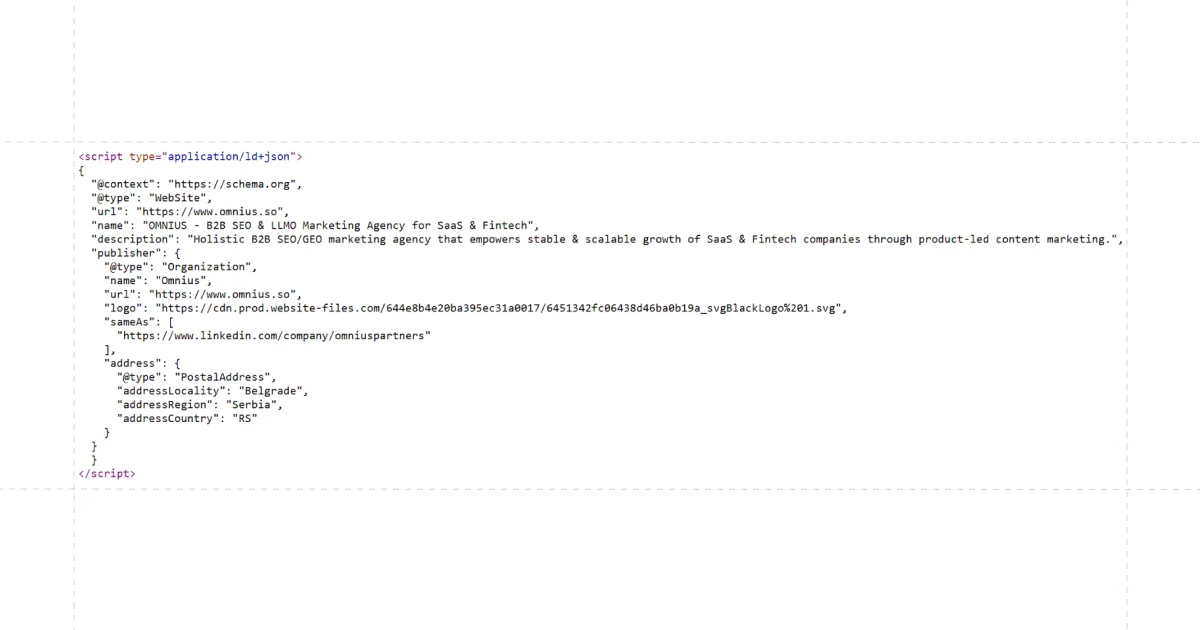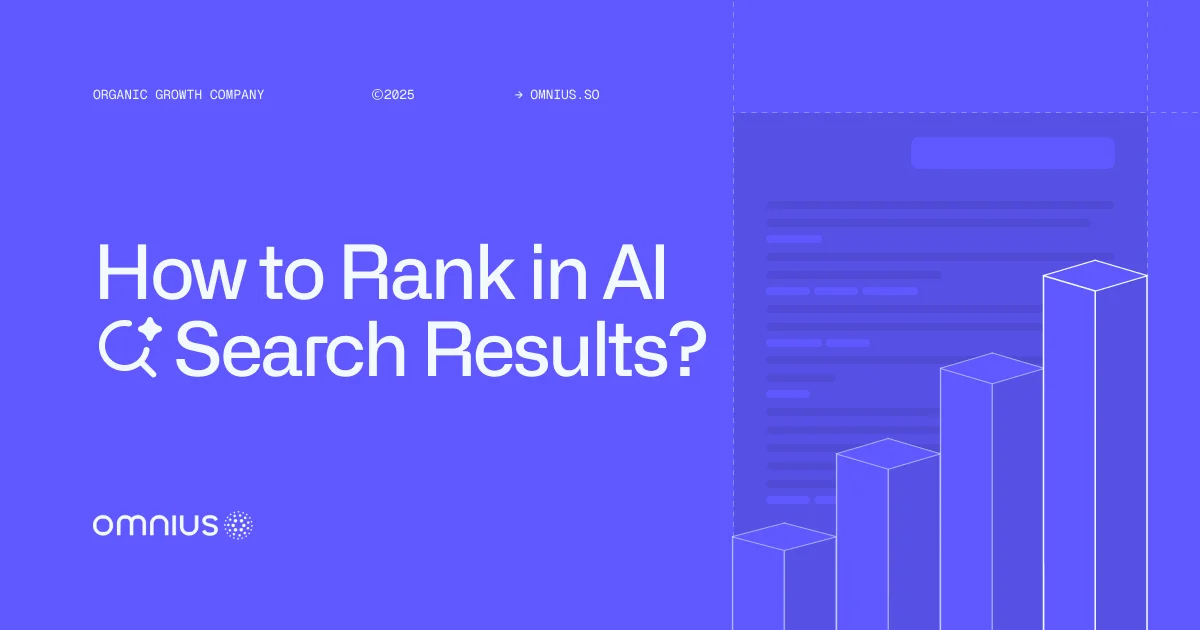The search market is changing in 2025.
While traditional search engines like Google return lists of links, AI search engines, including ChatGPT, Perplexity, Claude, and Gemini, work on conversational search.
This transformation means that getting your content discovered requires new approaches.
AI search optimization involves creating & optimizing content that AI crawlers can reference, quote, and cite when responding to user queries.
In this article, we will explore the 6 strategies on how to rank in AI search results.
Let’s dive in!
Why Should You Optimize Your Website for AI Search?
The numbers speak for themselves.
Here's the current market statistics of major AI search platforms:
Based on this amount of traffic, these platforms are now categorized themself as new marketing channels, serving as discovery places where customers can find everything they need.
For businesses and marketers who fail to update and adjust their SEO strategies, their brands or clients are missing out on potential opportunities.
How to Rank in AI Search Results - 6 Effective Strategies
Currently, AI search engines are a new thing on the market, and “proven” strategies do not exist.
However, testing and implementing steps based on how LLMs take the information makes sense.
Here are the best 6 strategies that you should consider implementing on your website to appear in AI search engines:
1. Create Comprehensive & Structured Content
Search platforms prioritize relevance, depth, and clear formatting over short lists.
To increase visibility in LLMs, write long-form, authoritative content that thoroughly answers user questions while using proper structure to make key points easy to consume.
Here's how to implement this strategy:
✅ Cover topics from multiple angles: Use data, examples, or case studies, and explain why each point matters.
✅ Map out user intent: List all related questions (what is, how-to, comparison, problem/solution). Use SEO keyword research tools to surface related queries.
✅ Answer thoroughly: For each question, lead with a clear answer first and then deeply explain it. Include relevant stats, visuals, or examples. Search systems reward content that provides complete, well-researched answers.
✅ Use bullet and numbered lists: Format multiple points (tips, steps, examples) as lists. Lists are easily parsed and often appear in search results.
✅ Create descriptive headings: Label each section clearly (e.g., "Step 1: Optimize Your Metadata"). Also, ensure to include questions or keywords in your headings for better structure understanding.
✅ Add tables for comparisons: Use tables to compare products, features, or data points. AI search crawlers can extract structured information from tables for enhanced visibility.
✅ Keep content concise and scannable: Even lengthy content should be broken into short paragraphs (2-4 sentences) with clear headings.
By creating in-depth, user-focused content with proper formatting and structure, you demonstrate comprehensiveness and clarity, two factors in search engine ranking that matter.
2. Cover Technical SEO
AI search crawlers have specialized requirements that differ from traditional search engine crawlers.
Unlike traditional search engines, which maintain massive, pre-built indexes, AI search engines operate on a fundamentally different architecture.
They utilize Retrieval-Augmented Generation (RAG) systems, which perform real-time web searches when encountering queries outside their training data or knowledge base.

This means that, unlike Google, which crawls and indexes the entire web in advance, AI search engines dynamically retrieve relevant information at query time, combining their language model capabilities with fresh web content to generate comprehensive answers.
This real-time retrieval approach makes the accessibility and structure of your content even more critical, as AI platforms must be able to quickly fetch, parse, and understand your pages without technical barriers or performance issues during live search sessions.
Here are some crucial technical SEO parts you should cover to let AI search crawlers into your site successfully:
✅ Enable AI search bot access: Configure your robots.txt file to explicitly allow known AI user-agents like OAI-SearchBot, ChatGPT-User, and PerplexityBot. Blocking these crawlers makes your content invisible to AI-powered search platforms.
User-agent: *
Allow: /This is the simplest and most open way to allow all bots, including AI bots like OAI-SearchBot, ChatGPT-User, PerplexityBot, Googlebot, Bingbot, etc.
✅ Make content JavaScript-independent: Ensure critical content appears directly in HTML rather than being dynamically loaded. Many AI crawlers cannot execute JavaScript, so hidden content won't be indexed.
✅ Consider server-side rendering: If your site depends on JavaScript for core content, implement SSR or prerendering to guarantee AI accessibility.
✅ Design a well-structured site: Logical internal linking, clear navigation, and relevant topic clusters help AI search engines (and users) understand the relationship between your pages.
✅ Optimize page speed: Use PageSpeedInsights or WebPageTest to check website speed. The website should focus on having less than 2.5s Largest Contentful Paint (LCP) and 1s First Contentful Paint (FCP), and also optimize images over 100KB using Tinypng.
✅ Use clean URL structure: Build with clean, semantic tags like <blog>, <products>, and proper heading hierarchy (H1-H6). This helps AI systems understand your content organization without relying on JavaScript execution.
✅ Add an llm.txt file: Similar to robots.txt, the llm.txt file is used to guide LLM crawlers on what content they are allowed to access and use for indexing or training. While LLMs aren’t yet required to follow llm.txt, adding this file is a forward-looking best practice that can help influence how AI systems treat your content in the future.

By treating AI crawlers like sophisticated search bots that demand fast, accessible, and well-structured content, you'll improve both AI discoverability and overall site performance.
To discover the future of LLMs and how it affects SEO, watch the video below:
3. Leverage Structured Data & Schema Markup
Structured data acts as a translator between your content and AI systems, informing them precisely what your content represents and highlighting key details in a machine-readable format.
AI engines prioritize structured information to deliver accurate answers and create rich search results.
Implement specific schema markup that transforms your content into easily digestible data points, helping AI systems understand, extract, and present your information effectively across search platforms and chatbot responses.
Here's how to implement this strategy:
✅ Choose targeted schema types: Select markup that aligns with your content and business model to maximize AI visibility.
Different industries benefit from specific schema types that highlight their unique value propositions.
✅ Deploy JSON-LD schema markup: Find, rewrite based on your information, and implement suitable structured data directly to your HTML using JSON-LD format, the preferred method.
Note: Adding any type of schema markup that is not relevant to your page or website won't have any impact; Google will recognize that it doesn’t make sense.

✅ Validate and test implementation: Use Google's Rich Results Test or Schema validator to ensure error-free markup that search engines can properly parse and display.
✅ Track performance and optimize: Monitor how schema affects search visibility, click-through rates, check for stars in SERPs, and AI citation frequency to refine your structured data strategy over time.
Since only 30% of websites currently use schema markup, implementing it by yourself or with technical SEO agencies provides an immediate competitive advantage.
AI search engines frequently source properly marked-up content for their responses, making schema essential for AI search visibility.
4. Build Authority & Trust Through Digital PR
AI search algorithms prioritize content from trusted, authoritative sources with a strong online presence and industry recognition.
They analyze backlinks and brand mentions to determine credibility, favoring quality citations over quantity.
Focus on strategic digital PR initiatives that establish your brand as a credible authority in your industry, earning high-quality backlinks and mentions that AI systems recognize as trust signals.
Here's how to implement this strategy:
✅ Pursue strategic guest posting: Publish expert content on reputable industry publications and high-authority sites. Focus on platforms where your target audience already consumes content and where industry leaders regularly contribute.
✅ Develop PR campaigns: Create newsworthy content around product launches, company milestones, industry insights, or thought leadership pieces. Distribution through recognized PR channels increases visibility and authority.
Example: If you’re a B2B Fintech company, contributing articles to news like TechCrunch, Finextra, or SaaStr can position your brand as a thought leader while earning high-quality backlinks.
✅ Secure expert interviews: Position yourself as an industry expert by participating in podcasts, webinars, and expert roundups. Being quoted in industry media significantly boosts trust signals.
✅ Build strategic partnerships: Collaborate with complementary brands, industry associations, or thought leaders to create co-branded content and cross-promotional opportunities.
✅ Monitor brand mentions: Track when your brand is mentioned across digital channels and engage appropriately. Unlinked mentions can often be converted into valuable backlinks through outreach.
It’s crucial to stay active in the news cycle constantly. Regularly appearing in trusted media places reinforces your brand’s credibility and ensures your content remains fresh and accurate.
Since AI search engines use RAG systems to fetch real-time information, consistent news mentions can help position your business as a reliable and up-to-date source, increasing your chances of being featured in AI-generated answers.
5. Strengthen E-E-A-T Signals
AI search systems heavily weight E-E-A-T (Experience, Expertise, Authoritativeness, Trustworthiness) when evaluating content quality and ranking decisions.
They assess author credentials, organizational authority, and trust signals to determine the reliability of the content.
Build comprehensive E-E-A-T signals that demonstrate your expertise and establish trust with AI systems and human readers through detailed credentials and social proof.
Here's how to implement this strategy:
✅ Create detailed author profiles: Include comprehensive author bios that highlight relevant credentials, experience, education, and industry involvement. List specific qualifications, certifications, awards, or corporate affiliations that establish expertise.
✅ Implement author schema markup: Use Person and Organization schema to provide structured data about content creators and publishers. This helps AI systems understand and verify author credentials and organizational authority.
✅ Showcase credentials prominently: Display professional certifications, industry awards, media mentions, and speaking engagements on author pages and within content. Make expertise immediately visible to both readers and AI crawlers.
✅ Gather positive reviews and ratings: Actively collect customer reviews on Google, Trustpilot, and industry-specific platforms like G2 or Capterra. Strong ratings and testimonials serve as powerful trust signals for AI algorithms.
✅ Manage online reputation: Monitor and respond to reviews, social media mentions, and forum discussions. AI systems may incorporate sentiment analysis from various online sources when assessing trustworthiness.
✅ Build social proof: Encourage customer testimonials, case studies, and success stories. Display client logos, partnership badges, and industry association memberships to reinforce credibility.
6. Update and Refresh Content Regularly
AI models and search algorithms prioritize fresh, current information when determining the most relevant and authoritative sources.
They favor content that demonstrates timeliness, accuracy, and ongoing relevance through regular updates and the use of current data.
Implement systematic content refresh strategies that keep your pages current and signal to AI systems that your information is up-to-date, comprehensive, and trustworthy.
Here's how to implement this strategy:
✅ Establish content audit schedules: Review key pages every 6-12 months to identify outdated information, statistics, examples, or industry trends. Create a systematic approach to evaluating content freshness across your most important pages.
✅ Update with current data: Replace outdated statistics, case studies, and examples with recent information.
For instance, update 2020 industry statistics with current figures, add new case studies, or incorporate emerging trends that have developed since the original publication.
✅ Enhance with new value: Insert recent insights, updated FAQs, new product features, or industry developments that have emerged since the original content was published. Add sections that address current user questions or concerns.
✅ Implement proper date markup: Use clear publication and modification dates in visible content and schema markup. Include datePublished and dateModified properties in the Article schema to signal content freshness to AI systems.
✅ Signal updates to search engines: After making significant updates, adjust the publish date in your CMS and resubmit pages through Google Search Console to ensure proper re-crawling and indexing.
✅ Track freshness impact: Monitor how content updates affect search visibility, AI citations, and user engagement metrics to refine your refresh strategy over time.
Conclusion
AI search isn't just the future; it's happening right now.
With over 1 billion monthly users across ChatGPT, Perplexity, Claude, and Gemini, the search market has undergone a fundamental change.
Smart businesses are already adapting. They're optimizing for AI citations, not just rankings. They're creating content that feeds AI engines with the structure, authority, and freshness these systems crave.
The companies that will dominate tomorrow's search market aren't waiting for the perfect strategy. They're experimenting, learning, and adapting right now.
Competitors are already implementing these strategies. The question isn't whether AI search optimization works; it's whether you'll be leading or following in this new era.
Want to learn how Generative Engine Optimization agencies can help you get featured in AI search results?
Schedule a 30-minute session and discover how Omnius can elevate your visibility across ChatGPT, Perplexity, Gemini, Claude, and other AI search engines!
Keep Learning
How to Rank in Google AI Overviews with 8 Actionable Steps?
How to Rank on ChatGPT: 6 Tips to Boost AI Visibility
How to Rank on Perplexity [Comprehensive Perplexity SEO Guide]









.png)

.svg)








.svg)













.png)

.png)


